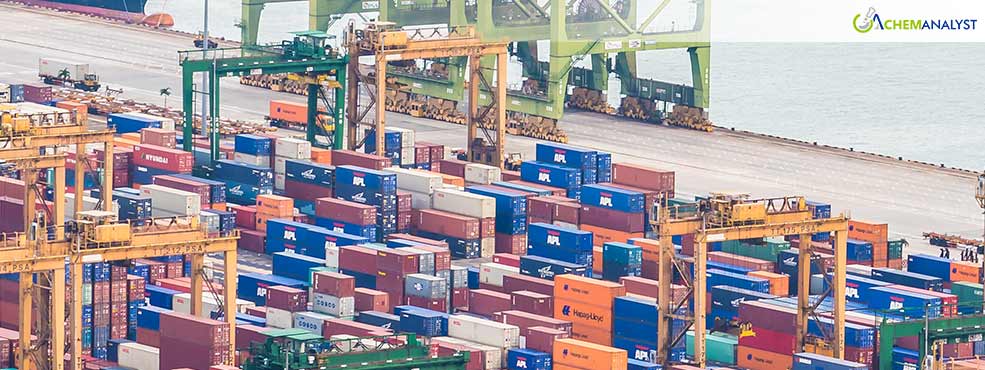Welcome To ChemAnalyst

On Wednesday, the union representing 45,000 dock workers across the U.S. East and Gulf Coasts and their employers announced they had reached a tentative agreement on a new six-year contract, preventing a potential strike that could have disrupted supply chains and negatively impacted the U.S. economy. The United States Maritime Alliance (USMX) employer group and the International Longshoremen’s Association (ILA) issued a joint statement, describing the agreement as a "win-win" for both parties. A key element of the deal was the resolution of the contentious issue of automation, which had been one of the most difficult points to negotiate, according to the several media reports.
The agreement aims to safeguard current ILA jobs while establishing a framework for the adoption of new technologies. These advancements are expected to create additional jobs, modernize ports on the East and Gulf Coasts, improve safety, and enhance efficiency. The deal is designed to increase the capacity of the ports, which is critical to maintaining the strength of U.S. supply chains, according to the statement.
Negotiations had been extended until January 15 to finalize a deal on automation. Shipping industry leaders had expressed concerns that a breakdown in talks could lead to a second strike by ILA workers, coming just days before the inauguration of President-elect Donald Trump on January 20. This scenario followed a three-day ILA strike in October, which caused shipping prices to surge and created significant backlogs at the 36 affected ports.
The strike in October ended after employers agreed to a 62% wage increase for the dock workers over the next six years. In the wake of the new agreement, ILA and USMX have agreed to continue operating under the existing contract until the union can hold a meeting with its full Wage Scale Committee and schedule a ratification vote. USMX members will also need to ratify the final terms of the contract.
While the specific terms of the new deal have not been disclosed, the resolution of the automation issue and the wage increases from the previous agreement are expected to be significant points of discussion during the ratification process. By avoiding a strike, both sides have managed to avert further disruptions to U.S. ports, which are crucial to global trade and the domestic economy. The tentative agreement offers a path forward that balances the need for modernization with job security for workers, ensuring that the U.S. supply chain remains operational and competitive.
We use cookies to deliver the best possible experience on our website. To learn more, visit our Privacy Policy. By continuing to use this site or by closing this box, you consent to our use of cookies. More info.
